
GasAnalyzers
ONLINE PROCESS ANALYZERS
Best Solution | Wide Range
Online Process Analyzer | Gas Analyzers
SYSTEMS EQUIPMENT provide effective solutions for the online process analyzers for gas analysis. AMETEK,METROHM,OPTEK many more .We are provide wide range of analyzers which are given below .We provide support to many other brands .
!
Basic analyzers
MASS SPECTROSCOPY
INFRARED SPECTROSCOPY
ULTRAVIOLET (UV) SPECTROSCOPY
X-RAYABSORPTION
NUCLEAR MAGNETIC RESONANCE
OXYGEN ANALYZERS
GAS CHROMATOGRAPHS
SULFUR ANALYZERS
!
Basic analyzers
MASS SPECTROSCOPY
INFRARED SPECTROSCOPY
ULTRAVIOLET (UV) SPECTROSCOPY
X-RAYABSORPTION
NUCLEAR MAGNETIC RESONANCE
OXYGEN ANALYZERS
GAS CHROMATOGRAPHS
SULFUR ANALYZERS
!
physical property
OCTANE AND CETANE NUMBER ANALYZERS
COLOR ANALYZERS
FLASHPOINT ANALYZERS
PROCESS STREAM VISCOMETERS
DENSITOMETERS
POUR POINT ANALYZERS
CLOUD POINT AND FREEZE POINT
DISTILLATION
VAPOR PRESSURE ANALYZERS
!
Water quality
SODIUM (Na), CALCIUM (Ca), MAGNESIUM (Mg)
SILICA, PHOSPHATE, BROMATE
pH AND CONDUCTIVITY
DISSOLVED OXYGEN
CHLORINE AND CHLORIDE
OIL IN WATER
OXIDATION-REDUCTION POTENTIAL (ORP) MEASUREMENT
ELECTOLYTIC CONDUCTIVITY MEASUREMENT
METROHM

H2S IN HYDROCARBON
ADI 2045 TI

NIR ANALYZER
XDS Process Analyzer
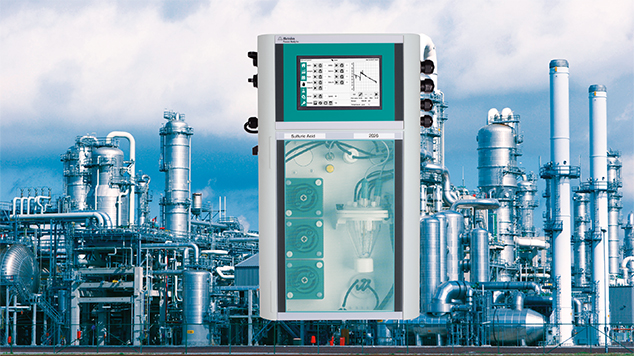
202X PROCESS ANALYZER

XRF PROCESS ANALYZER
2060 XRF ANALYZER
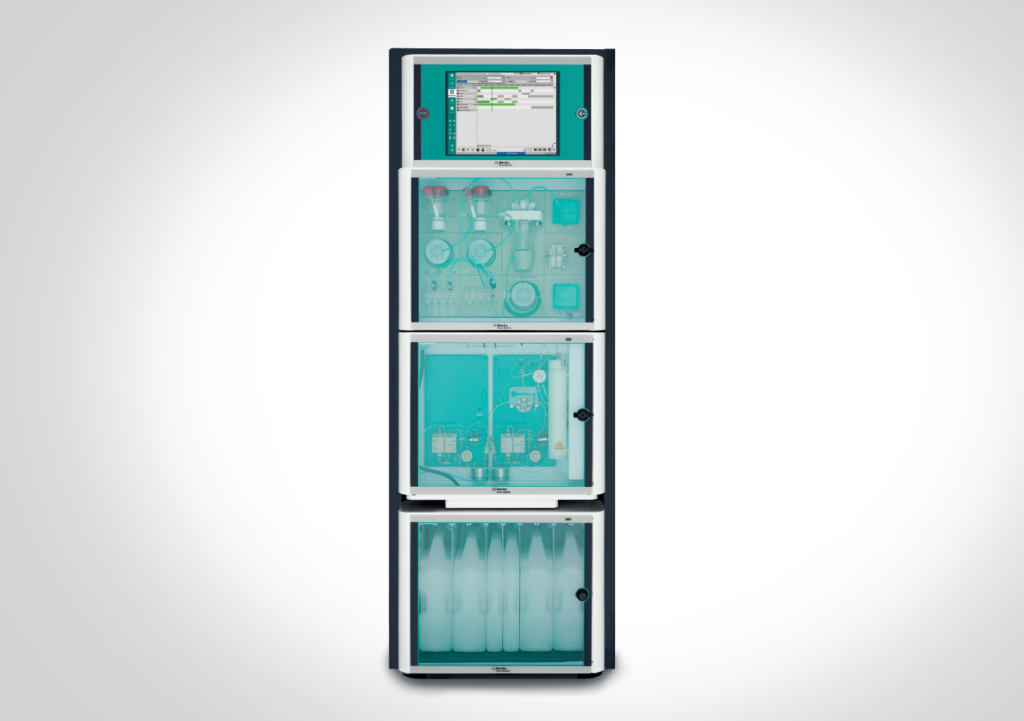
IC PROCESS ANALYZER
2060 IC PROCESS ANALYZER
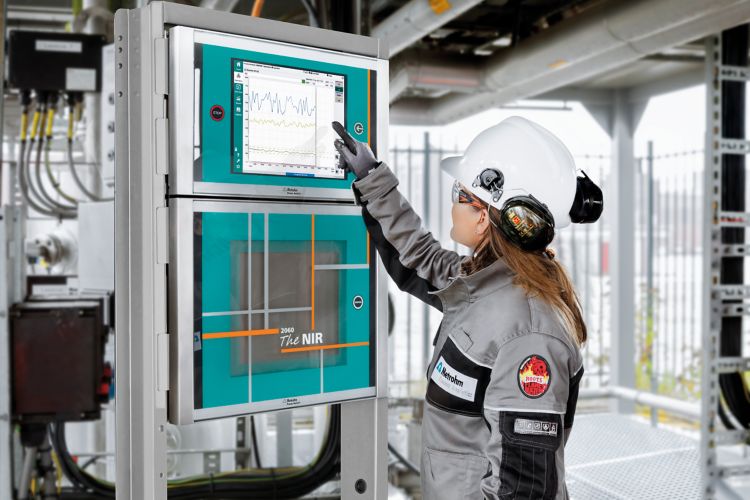
NIR ANALYZER
2060 NIR ANALYZER
AMETEK

SRU FEED GAS
IPS4

AIR DEMAND ANALYZER
930

SULFUR PIT ANALYZER
881
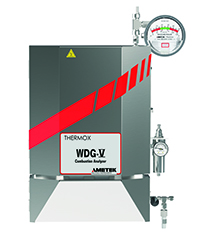
FLUE GAS ANALYZER
WDG-V -Combustion Analyzer

5100HD TDLAS
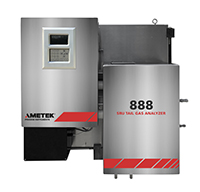
SULFUR RECOVERY TAIL GAS ANALYZER
888 /888L
OPTEK

AF26-EX-HT-VB
A dual channel absorption sensor with a calibration adapter for monitoring in various colour scales such as ASTM, Saybolt, Hazen, and many more

TF16-EX-HT-N
A scattered light dual channel turbidity sensor for monitoring trace oil in water or undissolved hydrocarbons in the low ppm range
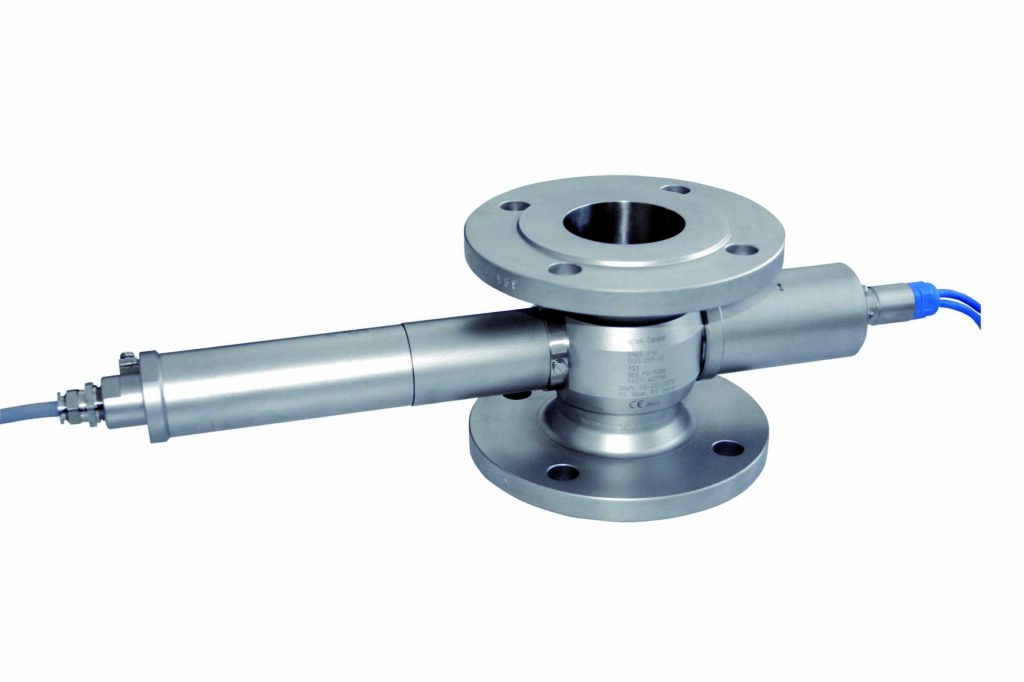
TF16-EX-N
A scattered light dual channel turbidity sensor for filter monitoring or free water content in refined fuels

OPTEK C4000 CONVERTER
Available in various configurations to meet the exact needs of the process

ATEX EX d HOUSING
Flameproof housing EX d for Optek C4000 converter
GRABNER INSTRUMENTS/ AMETEK

ONLINE RVP ANALYZER
MINIVAP ON-LINE is a process monitoring analyzer
VAISALA
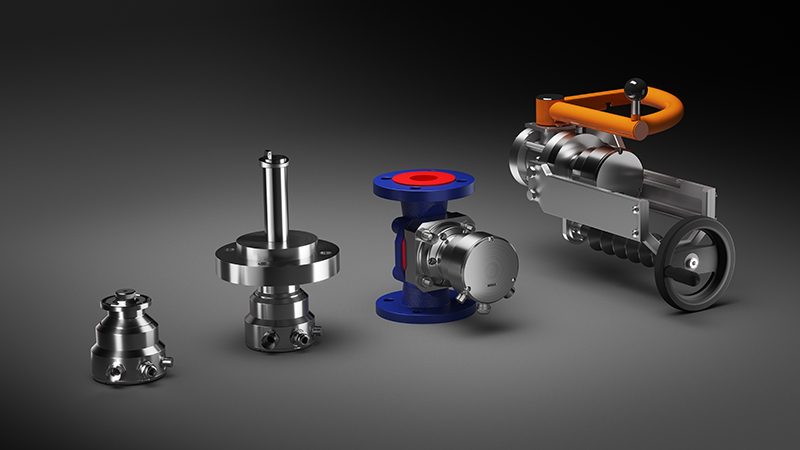
POLARIS PROCESS REFRACTOMETERS
Refractometer

LiquidAnalyzers
ONLINE PROCESS ANALYZERS
World Class Brands | Customer Satisfaction
Online Process Analyzer | Liquid Analyzers
We provide process analyzers for liquid analysis .Liquid analyzers are the used in different sections of the industry .We are provide the best brands with wide range of operation requirements . For more details contact us .

AAQMSAnalyzers
AAQMS ANALYZERS
World Class Brands | Customer Satisfaction
AAQMS SOLUTIONS | SYSTEMS EQUIPMENT
SOLUTION FOR ALL AAQMS NEEDS (PORTABLE & FIXED )
Ambient Air Quality Monitoring Systems or AAQMS monitors the level of pollutants. From a single analyzer to complete turnkey systems (Both Mobile and Fixed) with shelters, hard wired or wireless data transfer to the pollution boards. We provide a wide range of solutions to meet much of the Ambient Air Quality Monitoring demands.
AAQMS( Ambient Air Quality Monitoring Systems ) ANALYZERS OFFERED | SYSTEMS EQUIPMENT
WE HAVE WIDE RANGE ANALZYERS IN AAQMS ( Ambient Air Quality Systems ) SYSTEMS .SOME OF THEM ARE MENTIONED BELOW .FOR MORE DETAILS PLEASE CONTACT US .
- CO ANALYZER
- SO2 ANALYZER
- H2S ANALYZER
- NO-NOX ANALYZER
- NH3 ANALYZER
- O3 ANALYZER
- HC BTX ANALYZER -BENZENE,TOULENE & XYLENE
- CO 2 ANALYZER
- TSP -ANALYZER
- PM 10 -ANALYZER
- PM 2.5-ANALYZER
- ALL IN ONE METROLOGICAL SENSOR
- PORTABLE AAQMS ANALYZERS
Carbon monoxide (CO) is monitored continuously by analyzers that operate on the infrared absorption principle. Ambient air is drawn into a sample chamber and a beam of infrared light is passed through it. CO absorbs infrared radiation, and any decrease in the intensity of the beam is due to the presence of CO molecules. This decrease is directly related to the concentration of CO in the air. A special detector measures the difference in the radiation between this beam and a duplicate beam passing through a reference chamber with no CO present. This difference in intensity is electronically translated into a reading of the CO present in the ambient air, measured in parts per million (ppm).
Sulfur dioxide (SO2) is measured continuously by instruments using the fundamental principle of fluorescence.
UV fluorescence principle, coupled with a state of the art user interface to provide easy, accurate, and dependable measurements of low level SO2.
Exceptional stability is achieved with the use of an optical shutter to compensate for PMT drift and a reference detector to correct for changes in UV lamp intensity. A hydrocarbon ‘kicker’ and advanced optical design combine to prevent inaccuracies due to interferents.
All T Series instruments offer an advanced color display, capacitive touch screen, intuitive user interface, flexible I/O, and built-in data acquisition capability. All instrument set up, control and access to stored data and diagnostic information is available through the front panel
Fluorescent analyzers irradiate an ambient air sample with ultraviolet light at 213.8 nm. Sulfur dioxide gas molecules absorb a portion of this energy, then re-emit the energy at a characteristic wavelength of light. This light energy emitted by SO2 molecules is sensed by a photomultiplier tube and converted to an electronic signal proportional to the concentration of SO2present.
Continuous monitoring of nitrogen dioxide (NO2) is based on a chemiluminescent reaction between nitric oxide (NO) and ozone (O3). When these two gases react, light energy at a specific wavelength is produced. In the monitor, ambient air is drawn along two paths. In the first path, the air is reacted directly with ozone, and the light energy produced is proportional to the amount of NO in the air. In the second path, the air is reacted with ozone after it passes through a catalytic reduction surface. The reduction surface converts NO2 to NO and the light energy produced is a measure of the total oxides of nitrogen in the air sample. The electronic difference of these two signals yields the concentration of NO2. All concentrations for NO2 are given in parts per million (ppm).
Ozone is measured continuously by analyzers that operate using the monochromatic ultraviolet absorption spectrophotometry principle. As ultraviolet light at 253.7 nm is passed through the optic bench, a fixed quantity of “zero air” and ambient air are drawn into the bench. The intensity of the ultraviolet radiation traversing the optics bench is attenuated by the ozone present in the ambient sample. This attenuated signal is detected and compared with the unattenuated signal from the “zero air” cycle. This difference in intensity is electronically translated into a reading of ozone present in the ambient air.
Using gas chromatography, measures the amount of Benzene, Toluene, Ethylbenzene and Xylenes in the air from sub-ppb levels up to 1,000 ppb.
Miniaturization, sensitivity, mobility and flexibility are the main features of the instrument .It uses a port valve with a single absorbent trap and a metallic 0.28 mm ID column. It has a programmed gradient temperature of the oven and pressure/flow control of the carrier gas by a piezo valve.
The detection is made with a Flame Ionisation Detector for high stability and an excellent sensitivity. Its minimum detection limit is as low as 50 ppt for Benzene in ambient air. An H2 supply for FID and carrier gas is sufficient, so there is no N2 required.
It provides comfortable user friendly utilities to recalculate, calibrate and export data and to configure the measurement. The software allows the calculation of retention time, area, mass or concentration profiles in any measuring unit.
Ethernet connectivity provides efficient remote access, allowing the user to download measurement information directly from the instrument without having to be on-site.
Special Features and Applications
- A GC/FID for automatic monitoring of BTEX in air, water and soils
- Beverage and food industry
- For monitoring in urban and non urban areas as well as on fence line
- Ethernet connectivity for efficient remote access
- Highly stable FID
- Completely automated on-line analyser
Options
- Styrene and Cyclohexane additionally
- Additional communication protocols
- CALIB for A34022
- Automatic validation and auto calibration
- Hydrogen and air zero generator
- Modem support and PC anywhere
- 6 analog outputs 4-20 mA or 0-10 V
The shorthand PM10 is defined as particulate matter with an aerodynamic diameter less than or equal to a nominal 10 micrometers. The reference method for the measurement of atmospheric particulate matter as PM10 is based on selection of PM10 particles by internal separation, followed by filtration and gravimetric determination of the PM10 mass on a filter substrate. Selection of PM10 is accomplished by a size selective head that is symmetrical designed and contains nine circular acceleration nozzles. By virtue of their larger momentum, particles greater than 10 micron aerodynamic diameter impact onto a greased impaction shim. The PM10 particles smaller than 10 microns are carried vertically upward by the air flow and down 16 vent tubes to a 8-by-10 inch quartz-fiber filter, where they are collected.
Automatically measures and records airborne particulate concentration levels (in milligrams or micrograms per cubic meter) using the industry-proven principle of beta ray attenuation.
FEATURES
- U.S. EPA Equivalent Method for PM10, PM2.5, and PM10-2.5 monitoring
- Long term unattended remote operation of up to 60 days between site visits
- Very low operating costs
- Automatic Span Calibration checks
- Fast and easy field audits using common FRM audit tools
- Bench top or equipment rack mounting in mobile or stationary shelters
- Rugged anodized aluminum, stainless steel, and baked enamel construction
- Highly accurate, reliable, and mechanically simple flow system
- Hourly filter advances minimize effects on volatile compounds
- Advanced Smart Heater technology precisely controls sample relative humidity
- Integrated datalogger allows the connection of up to two multi-parameter meteorological sensors
- Data retrieval through RS-232 or RS-485 serial ports using direct PC connections, or digital data collection systems
All-in-one weather sensors measure multiple parameters. For example, these may include wind speed and direction, precipitation, barometric pressure, temperature, and relative humidity. (For sensor-specific measurements, reference the chart below.) These multi-function sensors have no moving parts.
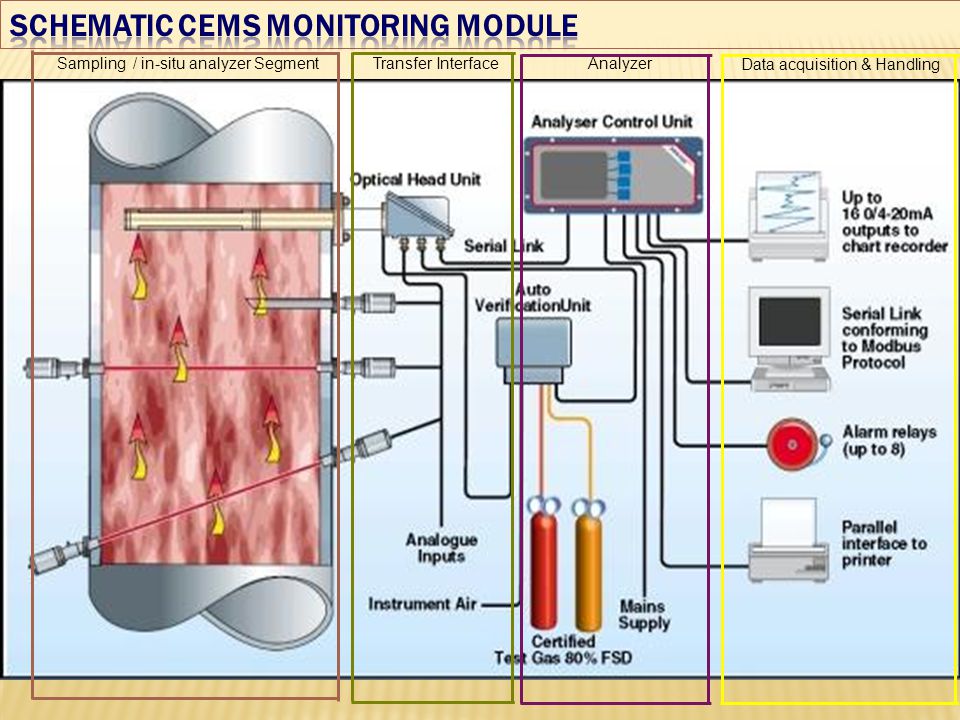
CEMSAnalyzers
ONLINE PROCESS ANALYZERS
- CO ANALYZER
- SO2 ANALYZER
- HCI ANALYZER
- NOX ANALYZER
- NH3 ANALYZER
- THC ANALYZER
- TRS ANALYZER
- MERCURY ANALYZER
- O2 ANALYZERS
- OPACITY & DUST MONITORS
Carbon Monoxide CEMS (RM 10) – Carbon monoxide analysis is accomplished using non- dispersive infrared (NDIR) or gas filter correlation (GFC) analyzers. Both analyzers are precision instruments used for continuous determination of gaseous CO concentrations in streams such as ambient air, stationary source, and vehicle exhaust emissions. The instrument is routinely calibrated using zero gas (N2) and EPA Protocol span gases (CO in N2) at various concentrations.
Sulfur Dioxide CEMS (RM 6C) – SO2 concentrations are measured using a non-dispersive ultraviolet (NDUV) gas analyzer. Its principle of operation is based on the ultraviolet light absorption of the SO2 component in a gas mixture to determine concentrations. The instrument is calibrated using zero gas (N2) and EPA protocol span gases (SO2 in N2) to ensure accuracy.
- NO/NO2 CEMS (RM 7E) – NOx is measured using a chemiluminescence NO/NO2 gas analyzer. This analyzer measures the intensity of the light given off by the nitric oxide/ozone reaction, where the term chemiluminescence is derived. For measuring NO concentrations only, the gas samples are sent directly to the reaction chamber bypassing the NO2-to-NO converter. For measuring NO2 concentrations, the sample gas passes through a thermal NO2-to-NO converter to convert nitrogen dioxide to nitric oxide and analyze the combined NO/NO2 as NO. The difference of the two measurements, i.e., gases passing through the converter and bypassing the converter, is the NO2 concentration. The instrument is calibrated using zero gas (N2) and EPA Protocol span gas (NO in N2) to ensure data accuracy.
Total Hydrocarbon (THC) Determination (RM 25A) – For total hydrocarbons (THC) determination, a flame ionization analyzer (FIA) is used to measure total gaseous alkanes, alkenes, and arenes as propane (or other hydrocarbon) equivalence. Methane and ethane concentrations may be excluded by determining their concentrations separately using a gas chromatograph equipped with a flame ionization detector (GC/FID) and deducting their concentrations from the total hydrocarbon concentrations. For most ranges, EPA Protocol gases are used for calibrations.
World Class Brands | Customer Satisfaction
CEMS Analyzer | SYSTEMS EQUIPMENT
Best Solutions to the measurement and monitoring of various pollutants like SO2,NOx, CO, CO2, NH3, HCI, HF, THC, Mercury, etc. Based on the our experience in the industry SYSTEMS EQUIPMENT can able to provide all the solutions in the CEMS SYSTEMS .
Dilution System
Sample is extracted and diluted with zero air in the probe. Since, dilution takes place within the probe, there is no need for a heat-traced sample transportation line.
Hot – Wet Extraction System
Sample is extracted from stack / duct through a heated filter. Blow back arrangement provided for cases where there is high dust load. Extracted sample is transported using heat-traced line to the sampling system.
In-Situ Instruments
An in-situ gas analyzer sits directly at the measurement point on the stack / duct. Both, cross duct and probe measurement techniques are available.
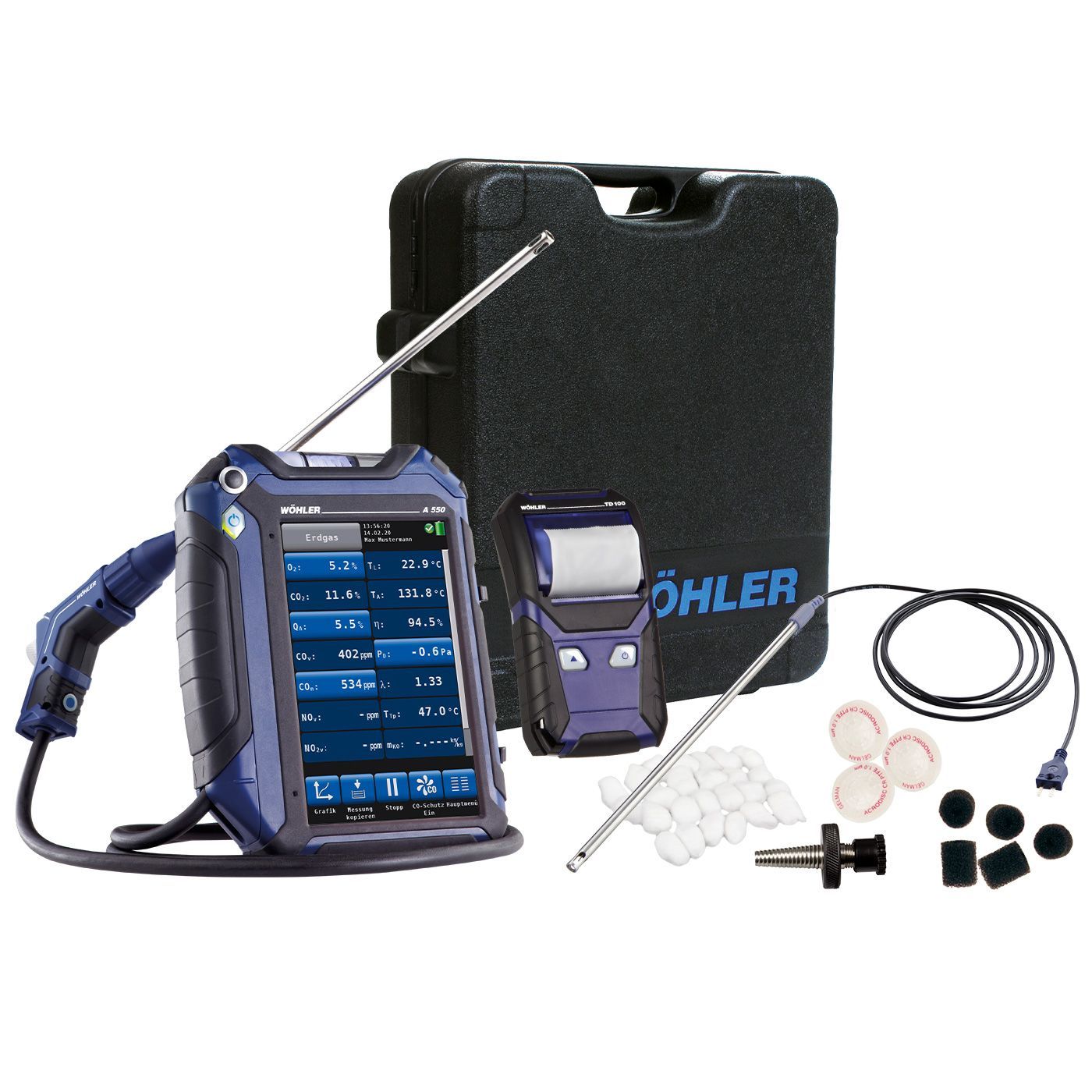
Portable Flue Gas Analyzers
Portable Flue Gas Analyzer
World Class Brands | Customer Satisfaction
Portable Flue Gas Analyzer | SYSTEMS EQUIPMENT
Portable Flue Gas Emissions Analyzer with Capitalize Superior and Accuracy
As tough as cast iron, but as easy to operate as a smartphone – that‘s what Wöhler‘s new Flue Gas Emssions Analyzer feels like in your hand. A tap of your finger on the Wöhler A 550 INDUSTRIAL is all that is required to perform a complete analysis and inspection of boilers and burners. The Flue Gas Emissions Analyzer is designed to be used in tough industrial heat processes. The in-stack stainless steel sinter-filter probe protects the analyzer against heavy dust loads.
PEMS SOLUTIONS | SYSTEMS EQUIPMENT
Systems Equipment provide the best PEMS solution for the customer .Inorder to minimizze the costing and provide accurate data .With our expert suggestions to improve the efficieny of the system




